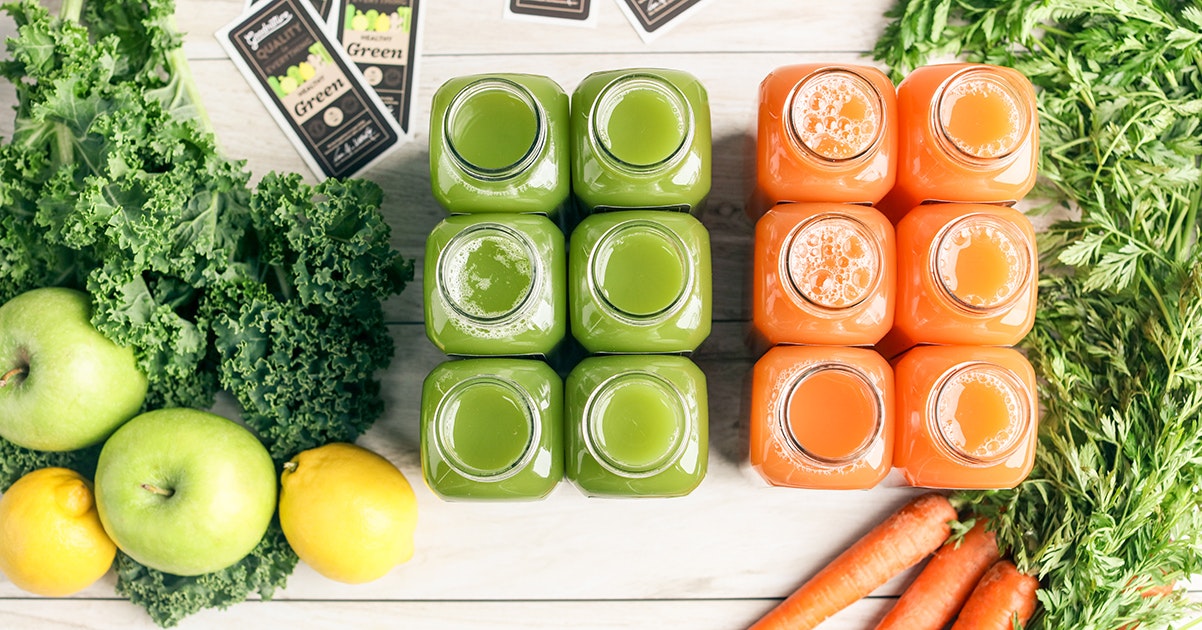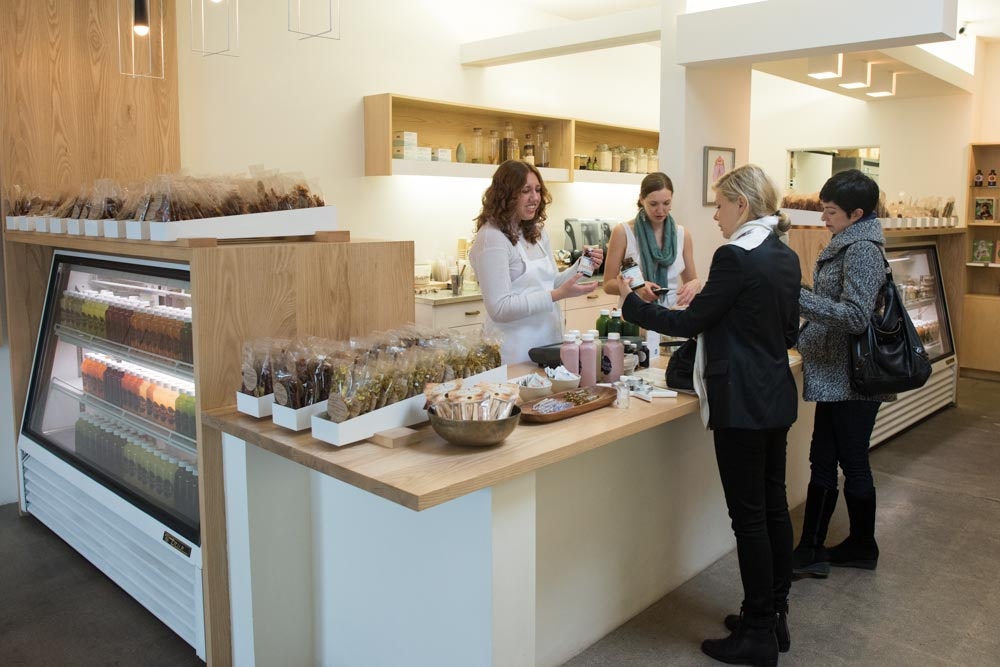
Moon Juice – California
Walking into Moon Juice is an experience. Something about the lighting, the abundance of wood, and the surrounding health products is uplifting and energizing.
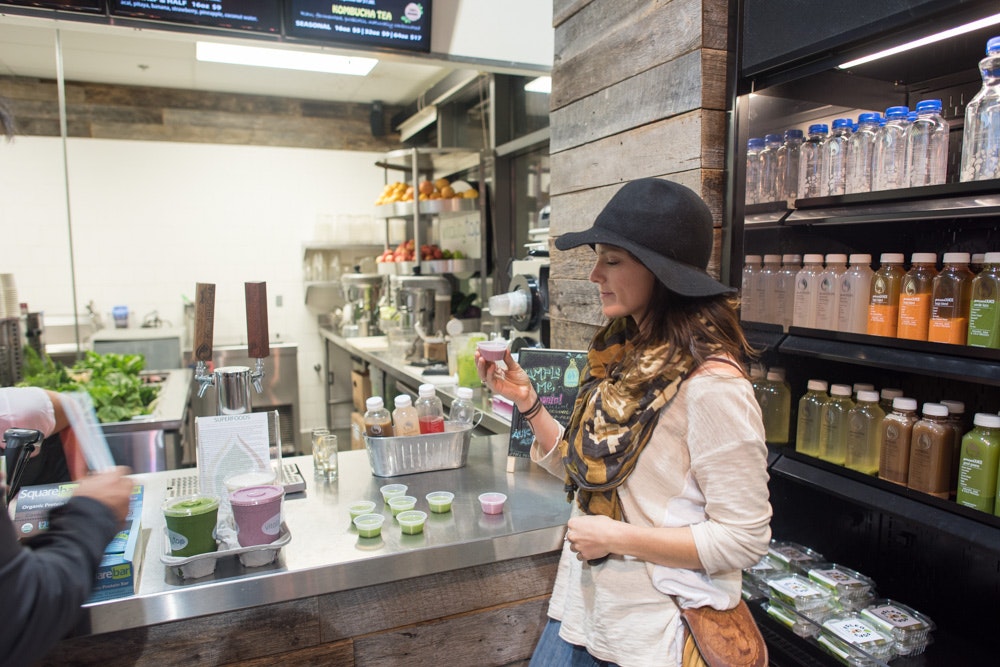
Spread the Juice – San Diego
In this edition of “Spread the Juice” I meet the owners of two up-and-coming juice companies in San Diego: “Vitality Tap” and “OH! Juice.” This was a fun piece to write because both companies have great integrity and such passionate owners. Also, I threw in some cute dog pics! Vitality Tap Website: www.vitalitytap.com Instagram: @vitalitytap John Giannattasio, owner of Vitality Tap has been in the nutrition and fitness business for over 15 years, with his “Nutrition Zone” supplement stores. One side of his store on First Ave is a health and wellness bar, also known as Vitality Tap. “We have been creating healthy juice recipes and products for years before there was ever a brand name. The recipes are formed by nutrition first, then we focus on taste so getting healthy and staying healthy is as easy as possible.” Vitality Tap is always 100% organic, sourcing produce from local California farms. John said he’s definitely seeing a consumer demand for more natural, raw products than traditionally available supplements, and the wellness bar is slowly taking over more of his business. One concept that Vitality Tap is doing that I haven’t seen much elsewhere, is offering delivery of large containers of juice (1 gallon jugs). I like this idea because it encourages daily consumption of juice rather than just for an occasional cleanse. If you go to your refrigerator and there is always juice available, it becomes much easier to work it into your regular diet.
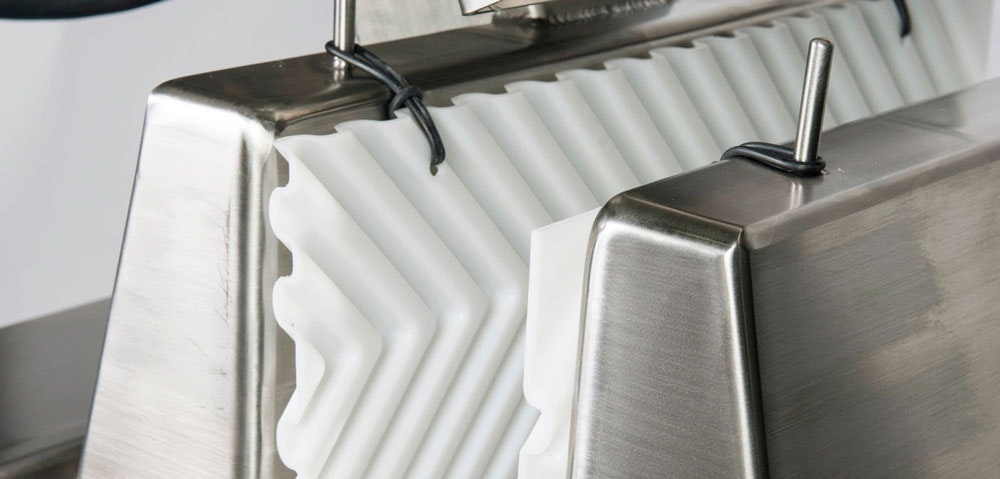
Cold Press Juicer – How Much Pressure is Too Much?
This is a guest post by Dale Wettlaufer, the founder of Goodnature, and the inventor of the commercial cold press juicer. Some of the things that nature has taught us about making the best tasting juice: Don’t squeeze too hard Don’t squeeze too fast Although the natural tendency in a busy kitchen is to get things done as fast as possible, we have to resist the temptation to do #1 and #2 above. Here is why: The ideal method is to ease the juice out at the lowest pressure possible. True “juice” is held in the vacuoles which are like big bags of juice inside most plant cells. Generally speaking, if you cut the walls cleanly the juice will drain out under gravity with almost no help from a press. In the making of wine, where there are more aficionados and experts than any other field I know of, the first, or “free run” juice is the most sought after, and used for the expensive wine that will carry the label of the maker. Most wine presses used today are careful not to use more than 30 psi (pounds per square inch) on the crushed grape mass. They have learned that bitter “notes” and bitter tannin flavors from the skins and seeds can intrude when the pressures get higher. They most often press slowly being careful not to exceed 30 psi. This takes longer than a fast, hard squeeze, but these winemakers are after quality more than quantity or speed. Similarly, we have learned over time to not squeeze too hard either, and the last 40 years in the juice press business we have been adjusting our machines to reach the perfect pressures and speeds. If we squeeze too fast, the finely ground particles will turn into mush and squeeze through the press bags like gravy, making the juice murky. If we take our time the juice will be crystal clear. Oils from the seeds and skins will be squeezed out if we press too hard, and the juice will be inferior. As proof of this fact, note that the Goodnature X-1 press (the foundation of many juice companies today), is capable of much higher hydraulic pressures, but we set it at the factory at a reduced pressure of 1800 psi in each cylinder, which translates to about 40 psi on the produce. We set the machine at this pressure simply because it makes the best tasting juice. You just don’t need more pressure than that. If we went with thicker bag layers and turned up the pressure we could produce more juice per hour but you might not want to drink it. Take it easy man! That’s what nature has taught us. We listened. – Dale
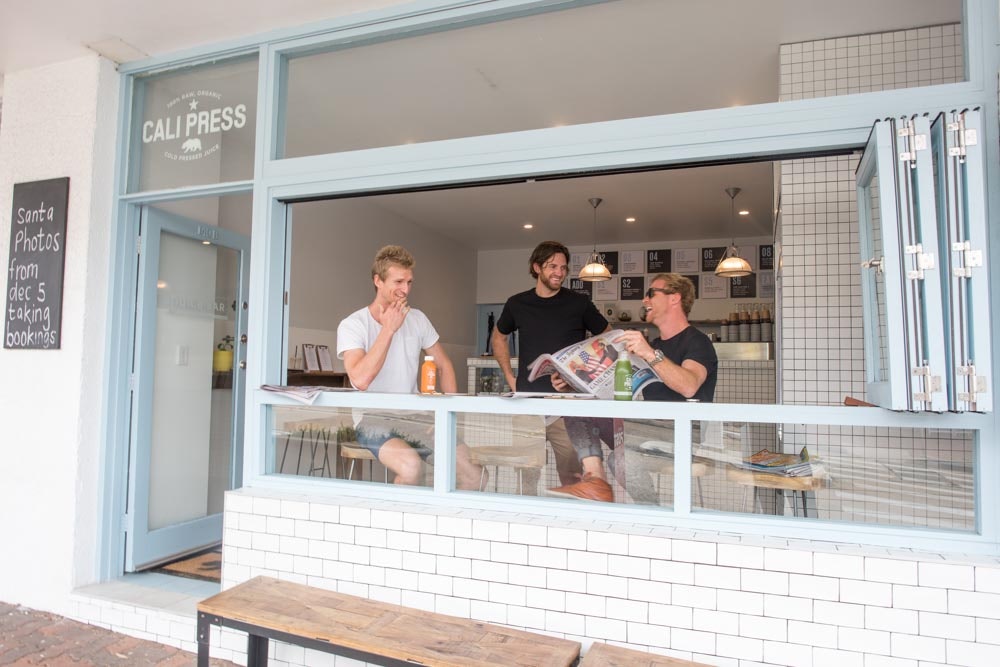
Spread the Juice – Australia
In this edition of “Spread the Juice” I stop in and speak with two up and coming juice companies in Australia – Liquefy Juice Co in Brisbane, and Cali Press in Sydney. Liquefy Juice Co – Brisbane Website: www.liquefyjuiceco.com.au Instagram: @liquefyjuiceco I caught up with David, the founder of Liquefy Juice Co and we had a chat about how his new cold pressed juice business is doing. He has some great recipes, and is doing something that I’ve never seen before – a 24 hour juice bar! Who would need juice at 3am? David says the 24 hour location gets a lot of “Policemen, late night workers, and people out late enjoying nightlife looking for a guilt-free drink or meal.” Even more amazing than his 24 hour juice bar concept, is the speed at which his company is growing. Breaking ground on his first store just a few months ago, he is already set to open store number six. I haven’t seen growth this fast since the early days of Juice Press in NY. I asked David how he responds to someone that says juice is just a passing trend, and he gave a solid answer. “Nobody wakes up one day and says, I really have to stop eating so well. Once people change their life for the better, they don’t go back.”
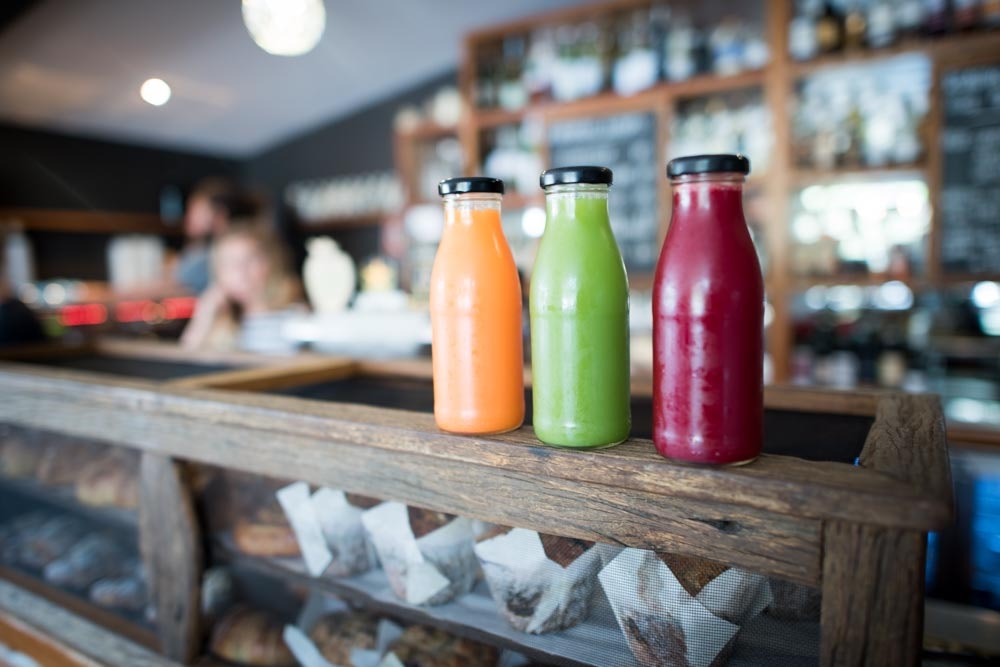
The Roadhouse Cafe – Byron Bay, Australia
In this special edition of “Spread the Juice,” I spend some time with my friend Adam Coates, owner of The Roadhouse in Byron Bay, Australia.
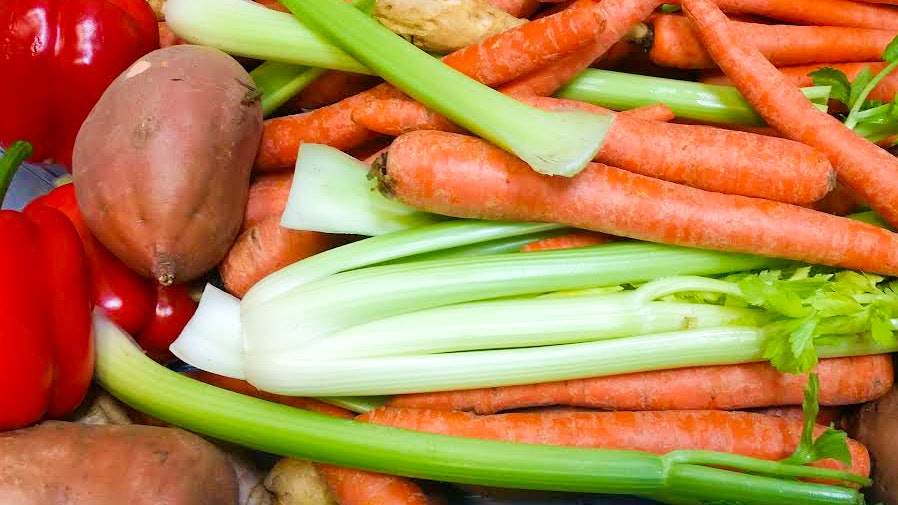
Juice Recipe – Sweet Potato Madness
Serving up some sweet potato sips sure sounds sinister, especially on Halloween, but sample some and see it’s a seriously-satisfying swig! Description: Sweet potato juice is a great source of vitamin A and a good source of vitamin’s C and E as well as a host of other nutrients. It may sound scary but combined with the other ingredients it provides a full bodied and well balanced juice that is perfect for fall. Ingredients and preparation: 8 lbs of sweet potatoes (technically we used yams but “yam madness” just doesn’t sound as cool!) 7 lbs of carrots 5 lbs of red peppers 4 lbs of celery 1 lb of ginger Wash your produce thoroughly of course. Grinder and press settings: Grinder blade – 3/16″ Grinder speed – 55 Hz Bag – Tight weave Method: Combine ingredients when grinding for the best result. The tight weave bag required us to both press slow and press multiple times to get the maximum yield. We pressed three times and mixed up the produce after each press. We finished with around 2 gallons of succulent sweet potato madness! Spread the juice, the sweet potato juice that is!

Spread the Juice – Tokyo, Japan
First article in a series titled “Spread the Juice,” where I visit my favorite customers in growing cold pressed juice markets and tell their story. Overview: The first time I went to Tokyo, it was for a short 3 day trip en-route to China. I didn’t do much exploring, and the juice market hadn’t gained any traction yet. Tokyo is a beautiful, clean, magical place, and now that we have some customers there, I was able to go back and really dig in and learn about what’s going on in the juice industry. I met with two companies – Sunshine Juice, and Why Juice?. Each company is unique, and they happen to be located very close to each other. Sunshine Juice The first customer I met with was Nori Ko at Sunshine Juice near Ebisu station in Tokyo. Nori is very passionate about his work, and has been getting a lot of publicity lately about his efforts to help support local farming in Japan. Although there is a lot of land in Japan, good, organic produce is actually hard to find. The organic produce market is so small that farmers have a hard time justifying growing organic crops. Why would you grow organic produce if nobody wanted to buy it? Nori took it upon himself to travel down to Nagano and meet with individual farmers directly, and convince them to grow more organic crops. He offered to buy the crops from them to make his juice. The farmers are now able to justify growing more organic crops, and because of this, now thousands of people a week enjoy real, organic cold pressed juice in Tokyo. The store is small by American standards, but they make good use of space. Nice wooden counters, a sliding glass door, and a tight kitchen make it feel well designed and efficient. One aspect that really touched me was the extra ingredients you can add to the juice, such as chia seeds and milk thistle. I think this is good from both a health and a business sense, and I’m surprised more companies aren’t doing it. To make their juice, they were using two Norwalk juicers, but Nori decided to purchase a Goodnature X-1 to keep up with demand. Nori said, “We went from two people juicing all day on two Norwalks, to one person using the X-1 periodically throughout the day. It has made our lives a lot easier.”
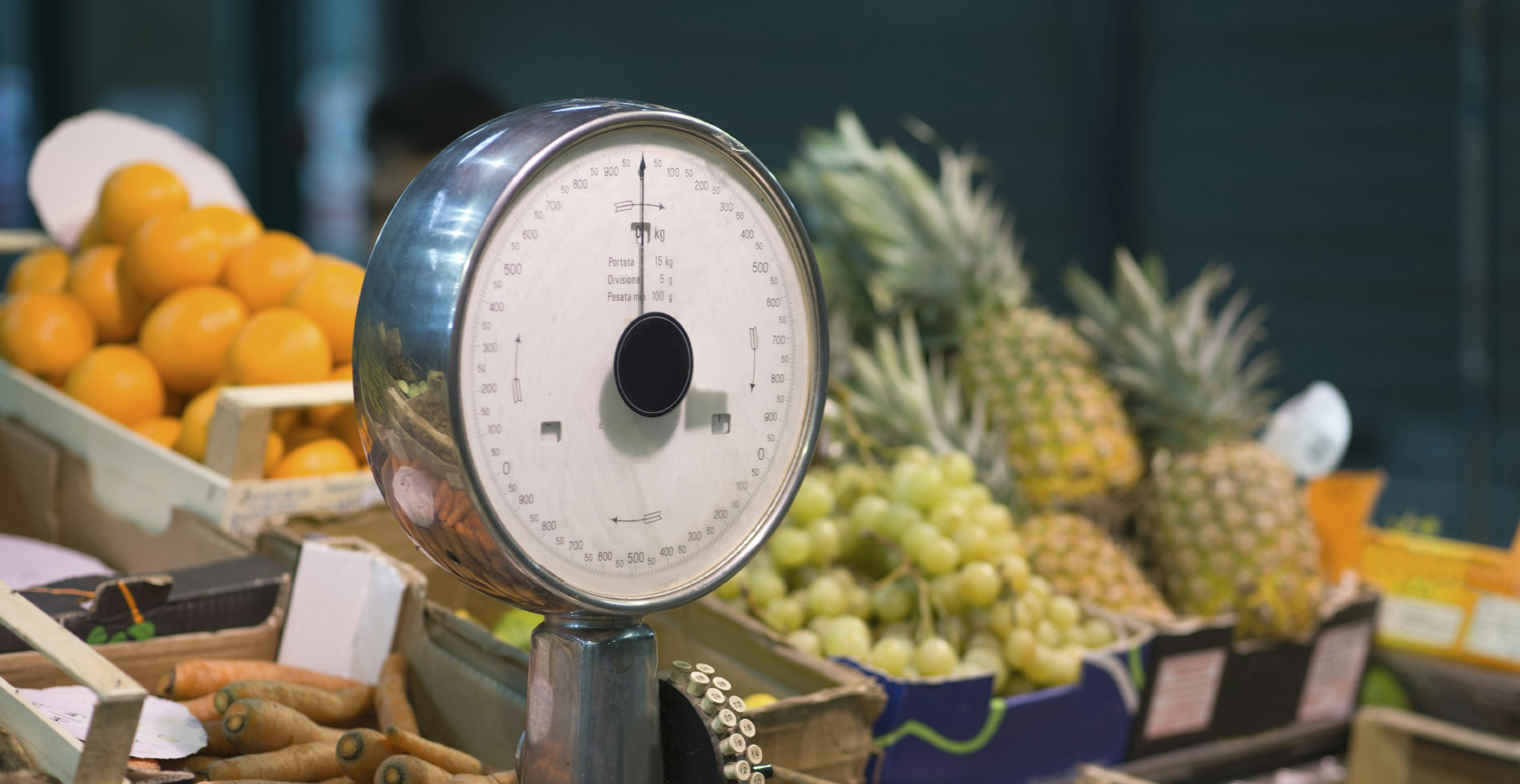
Determining Pounds of Produce for Recipes
If I want to mix my produce together for grinding per recipe, how much of each ingredient should I use in each batch? Great question and I’m glad you asked! As you may have read in Charlie’s post, “Mixing Produce or Grinding Separately, ” grinding your produce together will actually give you a higher yield. But that leads to the question of how much of each ingredient should you use in each batch. The answer is easier than you think because you have already done the hard part, creating a delicious and nutritious juice recipe; now we just need to do a little math.
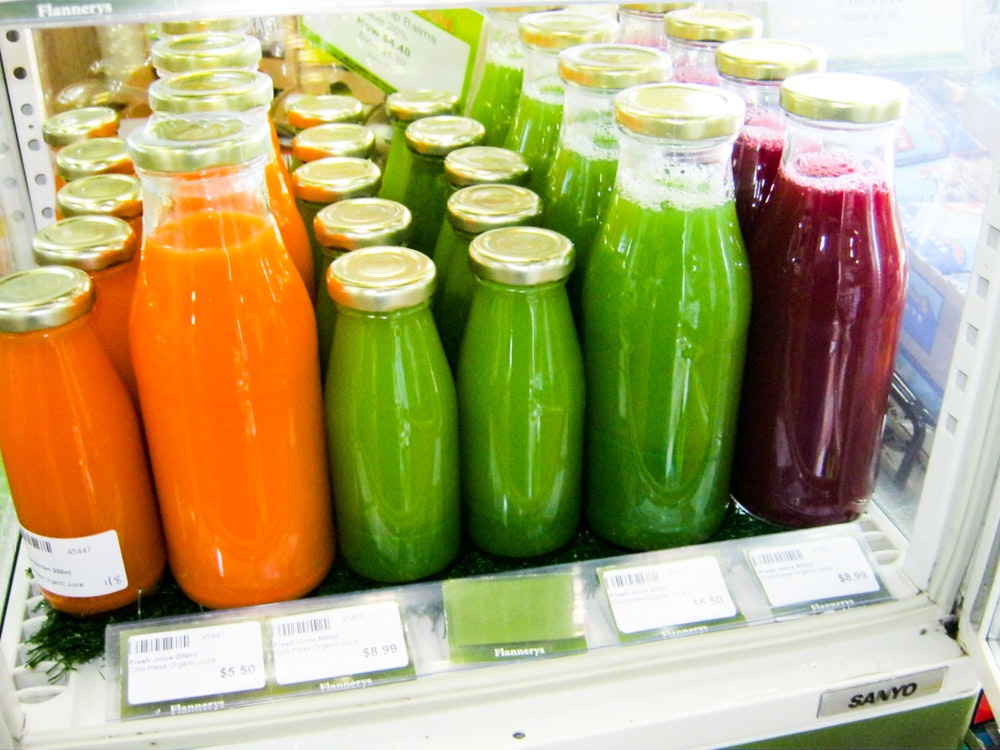
How Much Produce to Buy
Guest post by Paul Baudier, cold pressed juice, raw food, and smoothie consultant. How much produce should I plan on buying for my new cold pressed juice business? How much produce to order is a dilemma every operator faces. Do you under or overestimate? What is better for the bottom line? This can be as simple as how many bottles you choose to keep on hand or as complex as your entire production order. I always give my clients a good estimate for their opening orders- based on my experience- but what if you’re new to the game and have no clue what your par levels should be? How do you find your sweet spot?
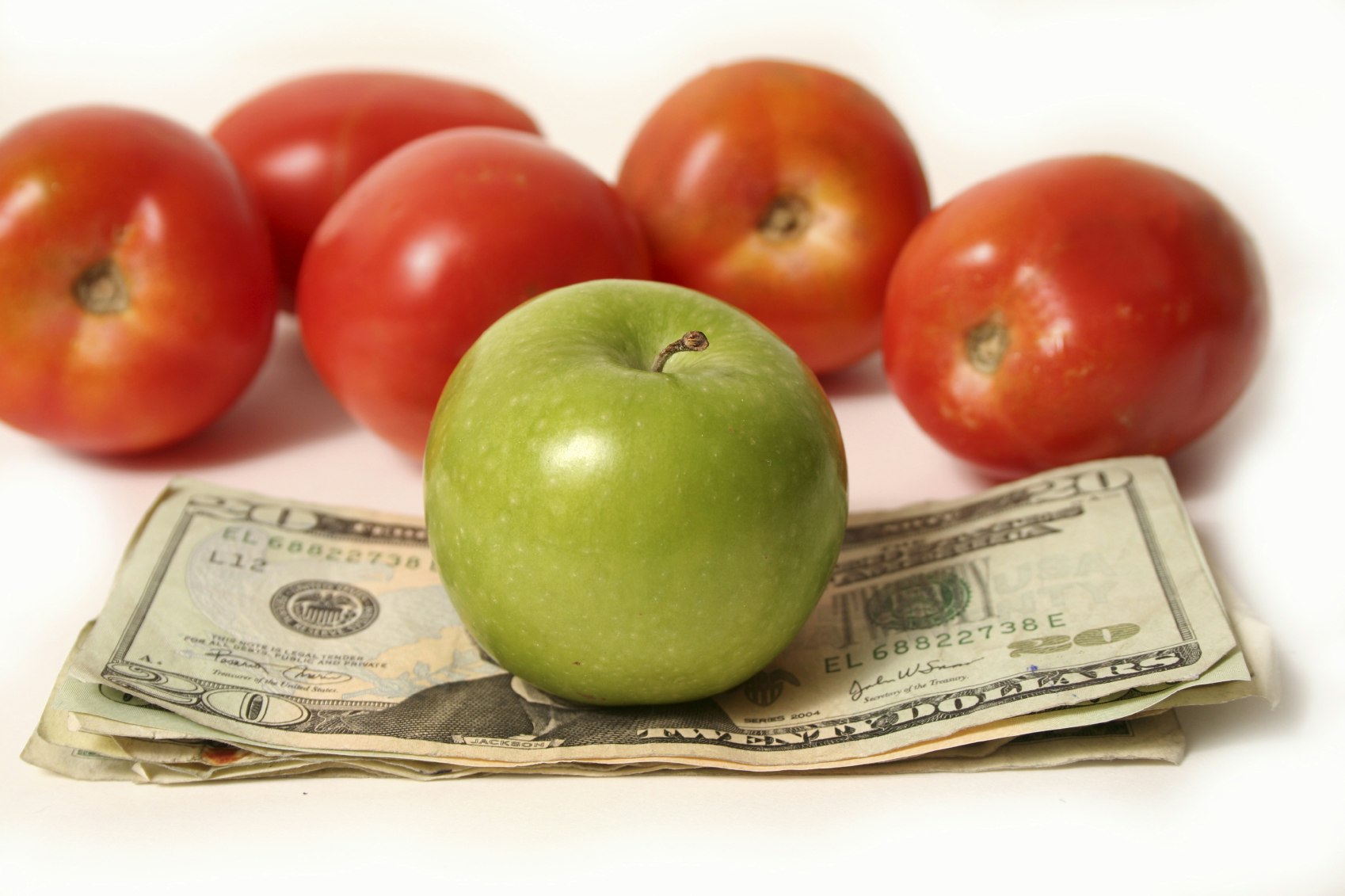
Calculating Food Costs for Cold Pressed Juice
How do I calculate food costs for cold pressed juice? Here is an easy guide to estimate food costs, without actually making any juice.

Cold Pressed Juice Branding
How to build a strong cold pressed juice concept. By Kenny Lao, Culinary Task Force I’ve had the honor of speaking with loads of folks and companies who are interested in opening up their own restaurant concepts. I always learn just as much from them as I hope they learn from me! Recently I have seen and worked with a bunch of clients that want to add a cold-pressed juice component to their brand or to open up a stand-alone juice program. Here are some of the most common pieces of advice I give folks when they are considering opening up a restaurant or juice concept. Think about your life and how you want to live it. I know this sounds kind of general but this is super important to the success of your concept. While restaurants and cold-pressed juice concepts are not rocket science, they require tenacity and commitment. Think about how you can leverage your energy, commitment and passion to make your idea a success but also how you can maintain a balanced life while doing so. You don’t want to get a few years into this and not want to handle it any longer. For success you shouldn’t think about how you fit into the restaurant but instead how the restaurant fits into your life. The best thing you can do to gain insight into whether or not you enjoy the lifestyle of owning a juice concept is to get a job at a juice bar that you respect. Gaining that hourly experience will help you understand what the day to day is really like. “You only choose a logo once but you will clean the front windows all the time.” Timing is everything. The most important thing that I have been able to do for my clients is to assist them in their management of the development and opening of their concept. Having a solid plan, creating a realistic (and specific) timeline for making decisions and knowing when to focus on mission critical tasks can be the difference between opening on-time and on-budget and opening late and over budget.
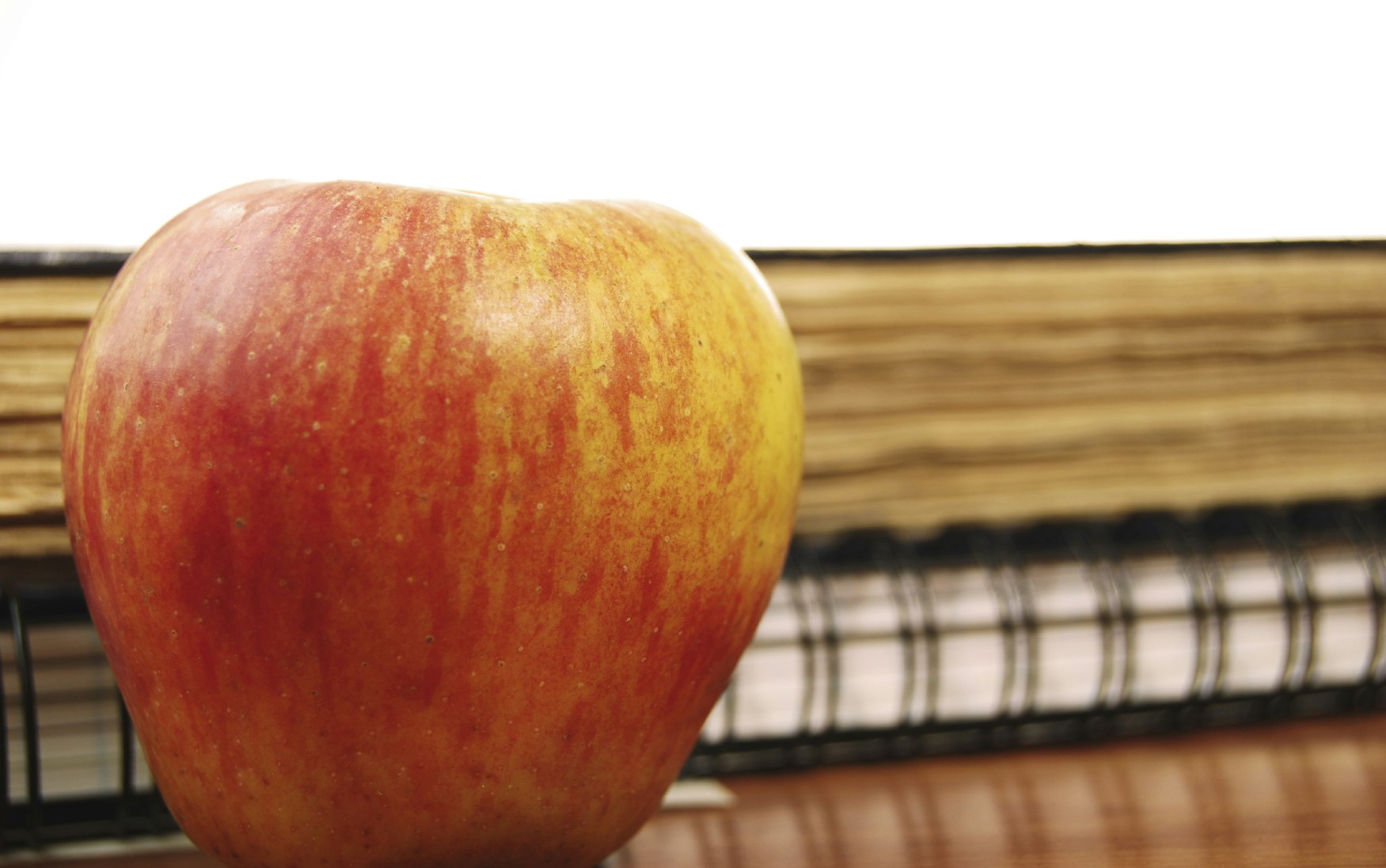
HACCP and SSOP Example for Cold Pressed Juice
Guest post by Eric Toussant, President of GlobalCert Food Safety, LLC For HACCP consulting services, contact Ari Sexner, juice business consultant. Download the example HACCP plan: New Juice Co HACCP Plan.zip Download the example SSOP program: New Juice Co. Sanitation Standard Operating Procedures
